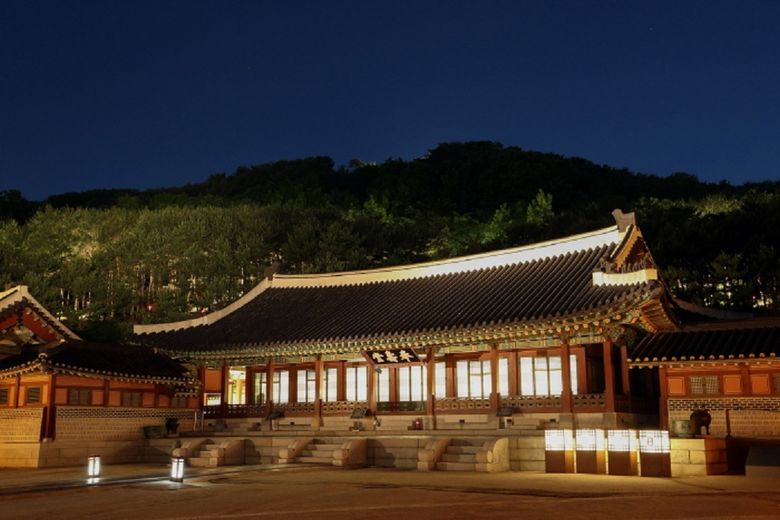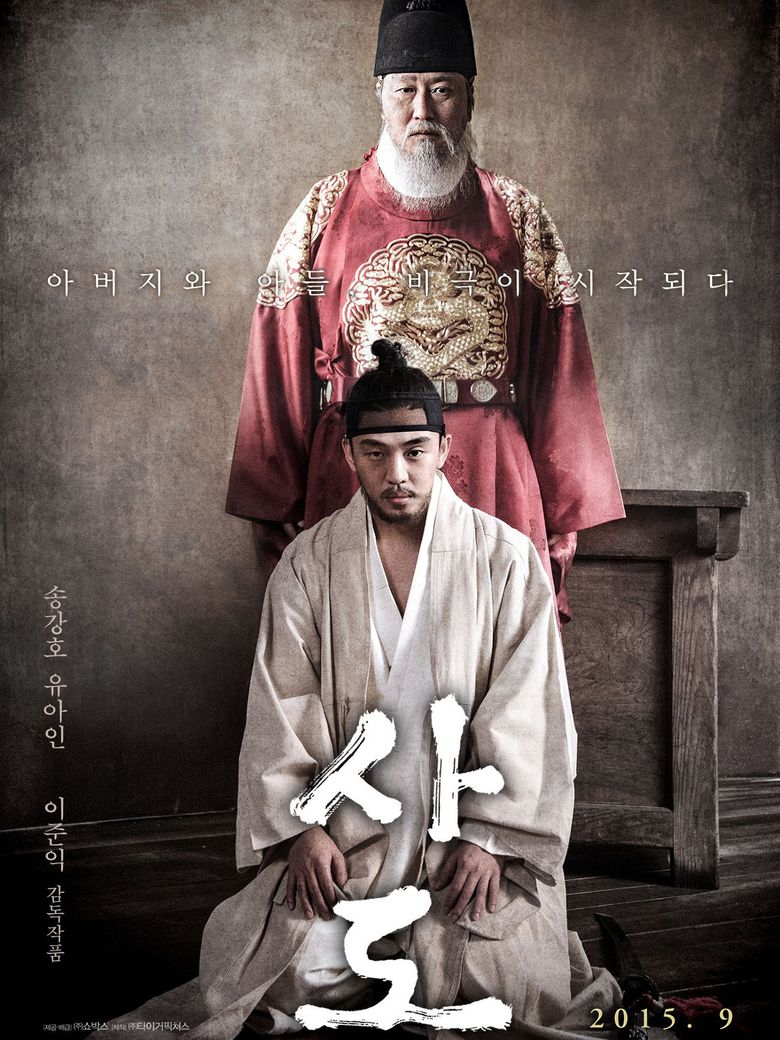He started to rule as a prince-regent at the age of 15. Unfortunately, he soon became distant from the Old Doctrine faction, and this led to his downfall. At first, he received an education similar to his older brother’s as a crown Prince, but at the age of 27, his father executed him cruelly.Here is what happened to Prince SaDo. During the 18th century, the political situation in the Joseon court was unstable. King YeongJo tried to resolve these issues through his efforts to improve the ties between his people and the various political families in the area. However, Prince SaDo, who was designated to reign, was unfairly accused by the different clans of the court. According to the memoirs of SaDo’s wife Princess HyegYeong, which were written during the time of the court’s instability, the different clans tried to force King YeongJo to consider his son mentally ill.During his life, the Prince was accused of many actions, such as the murder of multiple eunuchs, the assault of women, tantrums, etc. Despite these accusations, Princess HyegYeong stated that Prince SaDo was a loving father who could not do these types of things. However, following rumors that the prince wanted to kill his father, he was condemned to death by the latter.King YeongJo decided to execute him in agreement with his wife. His death was carried out in 1762, in a disguised manner. Indeed, the King did not want to kill his son with his own hands. SaDo was kept in a wooden trunk used to store rice, for a week until he eventually died of starvation and dehydration. In 1899, King GoJong, who was a descendant of SaDo, elevated Prince SaDo to the posthumous title of King of Joseon, alongside his wife.During his reign, King JeongJo, Prince SaDo’s son, wanted to move his father’s tomb to a place near Hwaseong Palace, built between 1794 and 1796. He built a small mausoleum there to honor his father. His mother, Princess HyegYeong, kept her memoirs a secret. She also passed them on to her children until the truth about his father’s death would emerge. Regarding Hwaseong Palace, it has a particular history link with Prince SaDo. The construction of Hwaseong was carried out to reinvigorate the Joseon Dynasty’s military technology. During the 18th century, it was regarded as the most militarized fortress in the entire kingdom. It also served as the main residence of the King, who had fled Seoul due to internal political conflicts in the court. He believed that there were many advantages to living in Hwaseong, and he urged people to settle there by not paying taxes.It served as the primary residence of King JeongJo and his mother, HyegYeong, who visited the tomb of Prince SaDo several times a year. We can say that actually, the construction of Hwaseong was carried out to protect the royal tombs of his family. Hwaseong construction was influenced by the concept of practical studies, which was referred to as “silhak.” This movement criticized the traditional Confucian approach to education.Regarding Prince SaDo, a movie was made in 2015 about his life, named “Sado The Throne”. Starring Song KangHo, Yoo AhIn and Moon GeunYoung, it tells the story of the long-ruling Kim YeongJo’s struggle with his son SaDo, and the extreme measures he takes in order to deal with the Prince. Highly acclaimed, the movie received 47 nominations and 28 wins, including Best Film at the Asian Film Festival in Barcelona (2016), KOFRA Film Award (2016) and Korean Association of Film Critics Awards (2015), and Best Actor for Yoo AhIn at Blue Dragon Awards (2015), and Chunsa Film Art Awards (2016).A K-Drama was also dedicated to King JeongJo, SaDo’s son, called “The Red Sleeve”, in 2021, starring 2PM’s Lee JunHo and Lee SeYoung as main cast. King JeongJo, traumatized by his father’s death, was an ambitious king who believed that a strong monarchy was necessary to ensure the development of his society. He was also motivated by the ideals of making Joseon an “eternal empire,” which was focused on equality and justice. SaDo, on the other hand, was regarded as a dangerous individual due to his uncontrollable and unpredictable behavior, which could endanger the royal family’s safety.However, more historians have started to place more emphasis on the various factors that influenced SaDo’s behavior. These include his personality, his problematic ideas, and his tastes. He was also disliked by his father, who did not like seeing his decisions questioned by his son. SaDo was a young man who was sensitive to the art of the bow and sword handling. Due to his tastes, he was unable to meet the expectations of his parents. He was carried away in an inner spiral, which eventually led to his downfall.In “Sado The Throne”, most of the story’s evolution revolves around the relationship between the King YeongJo and SaDo, with some notable moments being flashbacks that help contextualize the events that occurred in their lives. These are also intended to help identify the various conflicts and disagreements that would have caused them to break apart at the point of the crime. Yoo AhIn portrays a prince who is both tortured and sensitive.Have you watched that movie? What do you think of Prince’s SaDo tragic history? Let us know in the comment below! Hwarang: The Elite Soldiers Of The Kingdom Of Shilla KCULTURE STORIES|Aug 24, 2022 10 Restaurants And Cafes Featured In K-Dramas You Need To Visit In Korea DISCOVER KOREA|Oct 4, 2022






